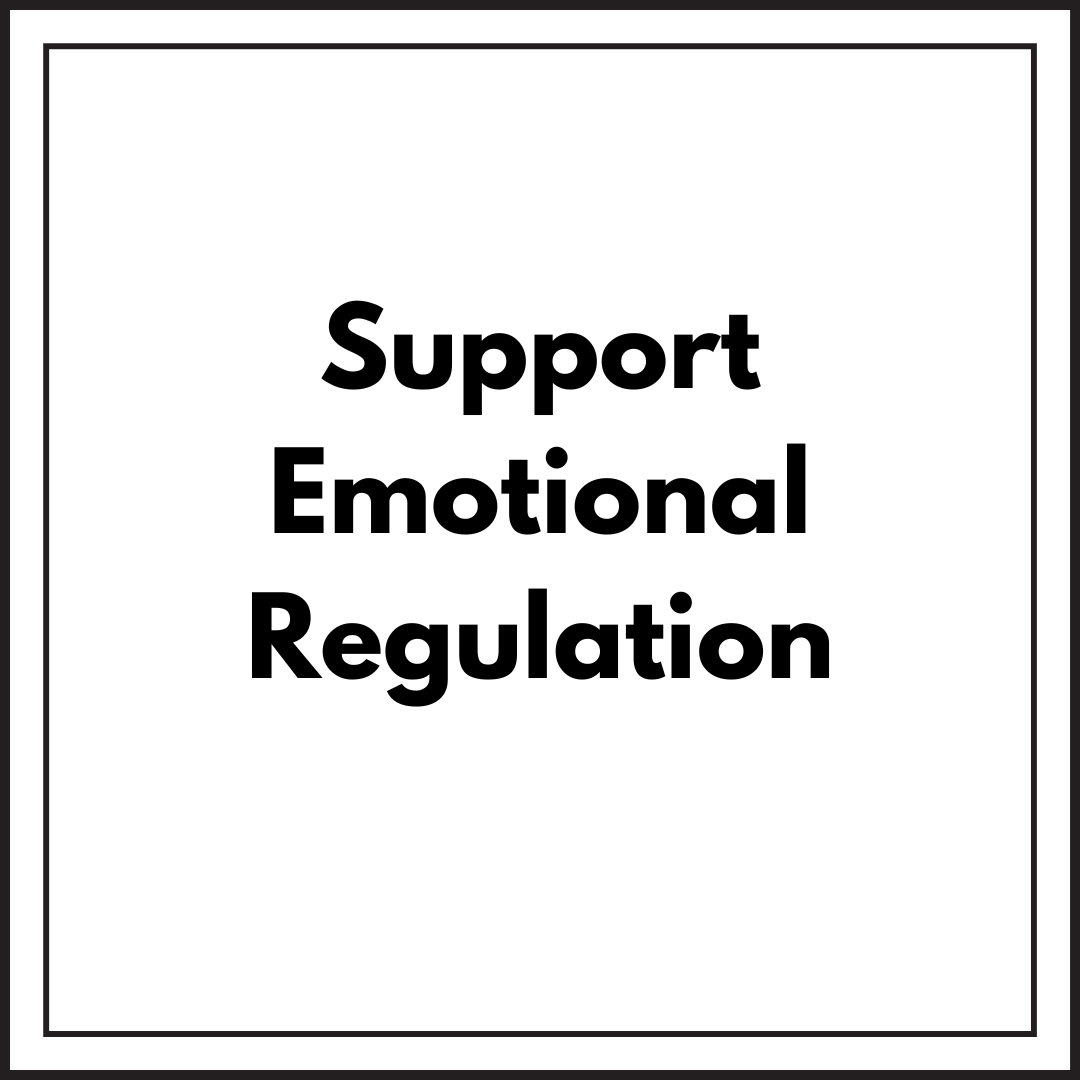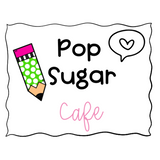
· By Elizabeth Muncey
How to Create Calm Holiday Routines for Kids with ADHD or Sensory Sensitivities
🎄 Simple visual supports and routines that help families enjoy a peaceful, joyful season.
🌿 Introduction
The holidays are full of excitement — twinkling lights, gatherings, changes in routine — but for many kids with ADHD, autism, or sensory sensitivities, all that change can feel overwhelming.
When routines disappear, so does predictability — and that’s when stress, meltdowns, and overstimulation often sneak in.
The good news? You can keep the magic and the calm by building simple, structured holiday routines. Today, we’ll share easy ways to create calm, connection, and consistency using visuals and tools from the Holiday Calm System Starter Kit.
🎁 1. Keep One Routine That Always Stays the Same
During the holidays, everything changes — bedtimes, meals, visitors. Keeping just one routine consistent gives kids a sense of safety and predictability.
It could be:
-
The same morning routine each day (wake up, breakfast, calm start)
-
A nightly calm-down ritual (bath, book, breathe)
-
A visual “Today’s Plan” posted on the fridge or classroom wall
💡 Calm Tip: Use a visual schedule from your Holiday Calm Starter Kit to show what’s happening each day — even small visual cues reduce anxiety and transitions.
🧠 2. Use Calm Choice Boards for Overwhelming Moments
Holiday parties, noise, and surprises can easily overwhelm kids.
A Calm Choice Board gives them simple, visual ways to regulate when emotions rise.
Ideas include:
🪴 Take a deep breath
🎧 Listen to quiet music
📚 Read a book or draw
💬 Ask for a calm break
Visuals empower kids to choose calm — instead of reacting impulsively.
🕯️ 3. Build Transitions into Your Day
One of the hardest things for kids with ADHD or sensory sensitivities is sudden change.
Schedule small transition cues before big events — like “5 minutes until we leave” or “after dinner, we’ll read together.”
💡 Calm Tip: Try using a first/then board from your Calm System — for example,
“First dinner, then game time,”
“First school concert, then quiet movie.”
Predictable language + visuals = smoother transitions and fewer meltdowns.
💛 4. Make Calm Visible in Your Space
Kids model what they see — so make calm part of your holiday environment.
Soft lighting, cozy corners, calm-down visuals, and gentle music create a sensory-safe atmosphere for everyone.
Set up a small “Calm Space” with your child’s favorite tools, like stress balls, coloring pages, or sensory bottles.
💡 Calm Tip: Use printable signs like “Calm Starts Here” or “Pause. Breathe. Begin Again.” from your Calm System printables.
🎄 5. Celebrate Small Calm Wins
Every calm choice is worth celebrating.
If your child takes a break, uses visuals, or stays regulated through a transition — that’s progress!
Praise calm behaviors with gentle encouragement and reflection time.
💬 Try saying:
“You noticed your body needed a break — that’s great self-awareness.”
This builds confidence and emotional resilience, turning calm into a habit — not just a moment.
✨ Wrap-Up: Calm Holidays Are Joyful Holidays
When you build calm into your holiday rhythm, kids feel secure enough to enjoy the magic.
It’s not about being perfect — it’s about being predictable, prepared, and peaceful.
If you’re ready to simplify your season, download your Holiday Calm System Starter Kit today — and upgrade to the Limited Edition Bundle for full holiday visuals, calm choice boards, and family-friendly calm tools.





